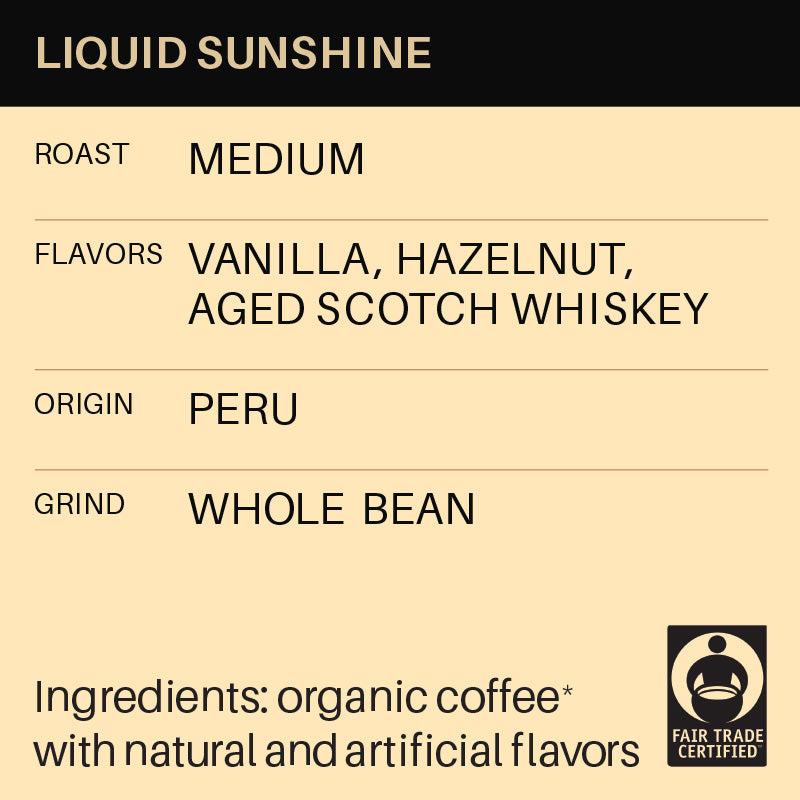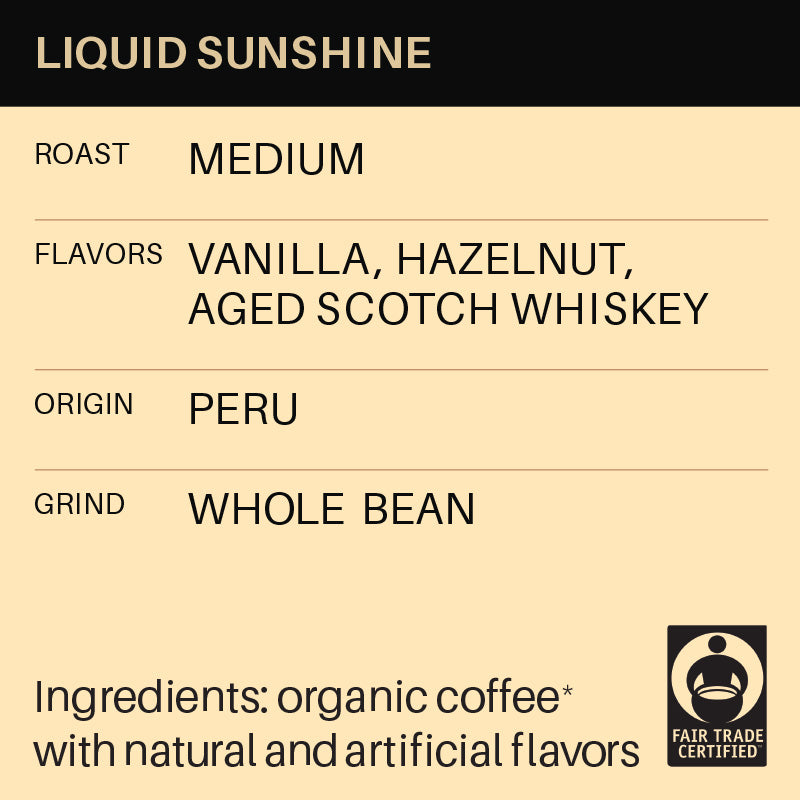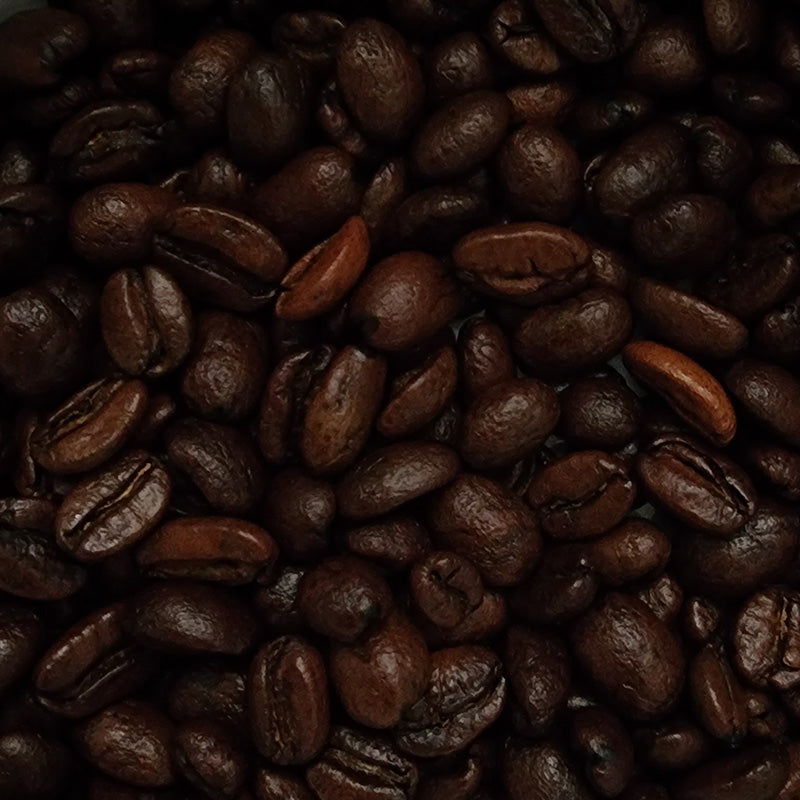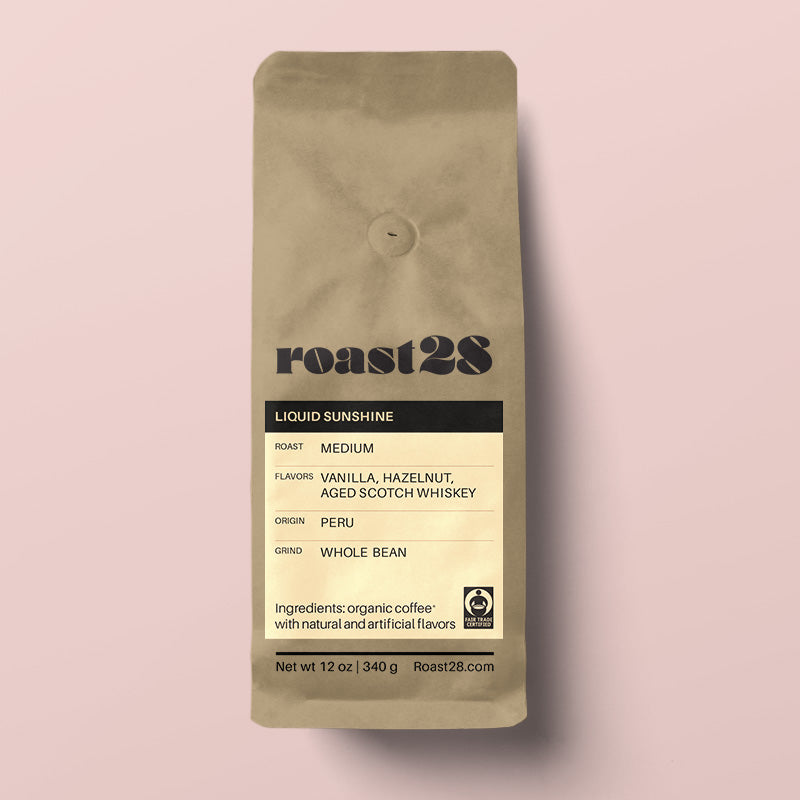Last updated: June 17, 2025
For coffee enthusiasts, there's nothing quite like the rich and bold flavor of a perfectly brewed espresso. In this guide, we'll walk you through the steps to master the art of brewing coffee using an espresso machine. If you're looking to elevate your coffee game and savor the delightful nuances of this concentrated beverage, investing in an espresso machine is a game-changer.

How to brew coffee using an espresso machine
Before diving into the brewing process, it's crucial to select the right espresso machine for your needs. There are various types, ranging from manual to semi-automatic and fully automatic machines. Consider factors like your budget, level of control desired, and available space in your kitchen.

Selecting quality coffee beans
The foundation of a great espresso truly lies in the quality of the coffee beans. Opt for a medium to dark roast with a well-balanced flavor profile that has been certified organic. Roast28 organic-certified coffee sources beans from suppliers that use sustainable farming practices, which produce a higher-quality bean. Always opt for USDA Organic or Fair Trade Certified coffee for the best flavor straight out of the gate.

Medium-fine grind setting
Espresso requires a medium-fine and uniform grind to extract the flavors properly. Adjust the grind size on your grinder to a level suitable for espresso. Aim for a powdery consistency that resembles fine sand.
Note: Be sure to check the manufacturer's settings for the recommended grind setting. Too coarse, and the coffee will be flat and weak; too fine, and the result will be bitter and overpowering. (We use a Baratza Encore at setting 8 for all espresso recipes that come with your coffee.)
Watch the video on our YouTube channel


Measuring the coffee
Precision is key when brewing espresso. Use a digital scale to measure the coffee grounds accurately. A standard single shot of espresso typically requires around seven to nine grams of coffee, while a double shot may need 14-18 grams.

Tamping the coffee
After dosing the coffee into the portafilter, it's time to tamp. Apply firm and even pressure to compact the coffee grounds. The goal is to create a smooth and level surface, ensuring consistent extraction.

Preheating the espresso machine
Before pulling your shot, preheat the espresso machine to ensure the water reaches the optimal brewing temperature. Run a shot of hot water through the machine without coffee to warm up the portafilter and group head. Be sure to use clean, filtered water with a minimal amount of mineral content (not distilled).

Brewing the espresso
Now, it's time to pull a well-balanced shot. Lock the portafilter into the machine, start the extraction, and aim for a brewing time of 25-30 seconds. Adjust the grind size and dose if necessary to achieve the desired taste. Roast28 coffee comes with recipes for every brewing method that ensure your brew meets the Golden Cup standard, so be sure to start with the ratio recommended and then adjust grind size as needed.

Texturing milk (optional)
If you enjoy milk-based espresso beverages like lattes or cappuccinos, mastering the art of milk texturing is essential. Use fresh, cold milk and position the steam wand just below the surface. Create a swirling vortex to achieve silky microfoam, enhancing the overall texture and flavor of your drink.

Cleaning and maintenance
After brewing, it's crucial to clean your espresso machine. Remove the portafilter, rinse it under hot water, and wipe the group head with a clean cloth. Backflush the machine with water or a specialized cleaner to prevent coffee oils and residues from affecting the flavor.

Experiment
Brewing espresso at home using an espresso machine is a rewarding journey that allows you to explore the intricate flavors of coffee. With the right equipment, freshly ground beans, and a bit of practice, you'll soon be savoring the perfect cup of espresso every morning. Experiment with different beans, grind sizes, and techniques to find your personal espresso method.

Leave a comment below
Join the community and let us know what works best for you. Leave a comment with the espresso brew method that you prefer below, and be sure to include details (roast level, coffee flavor, etc.). We'll try your method and make adjustments to this article as we continue to experiment together.




